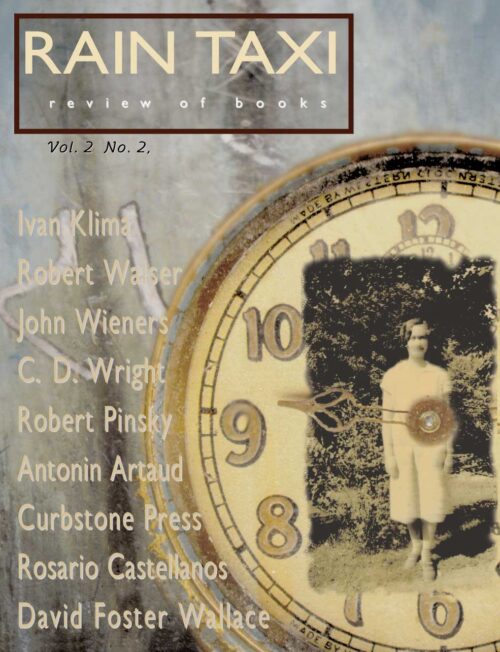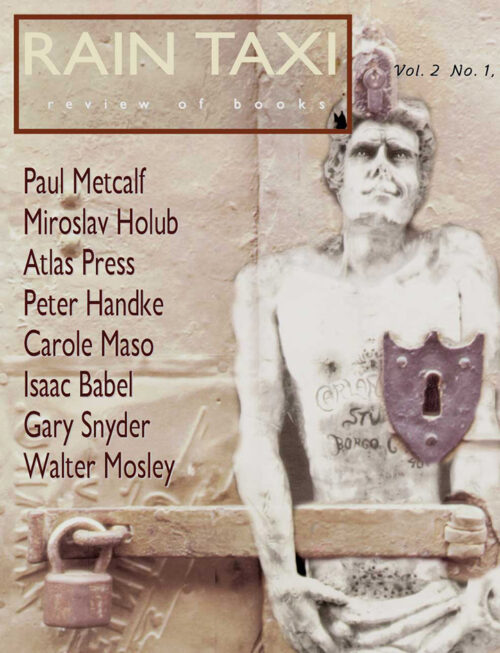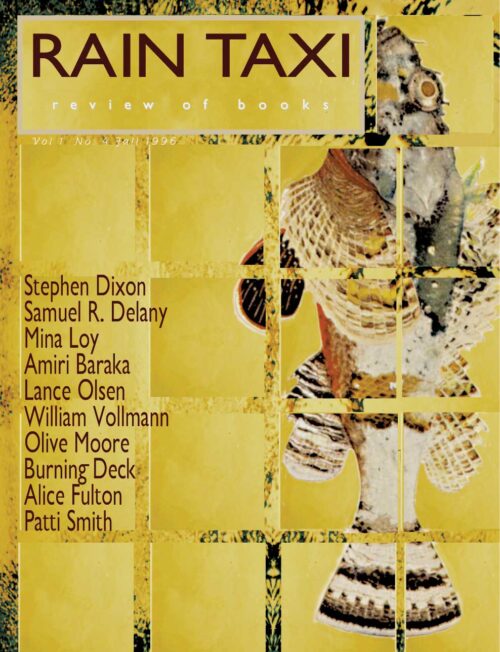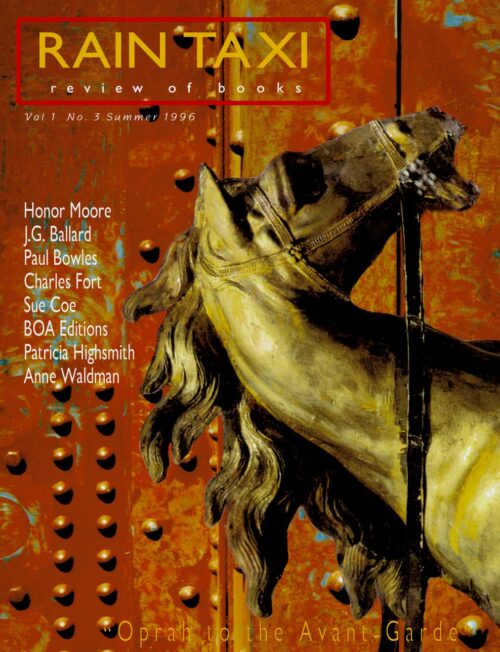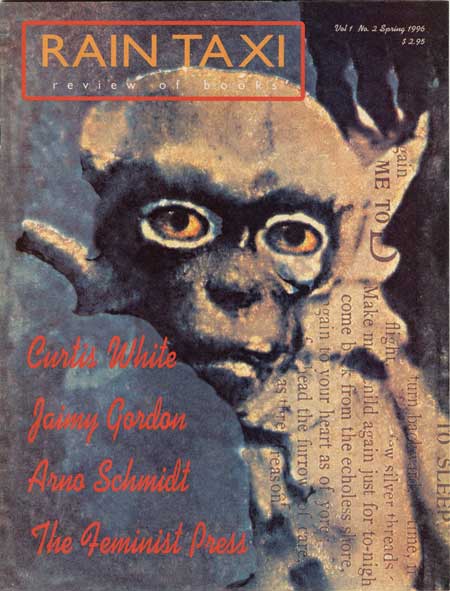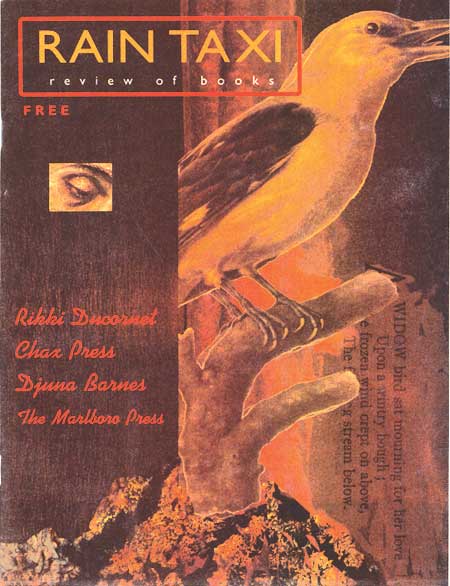
Edison, Tesla, and the Electric Chair
Th. Metzger
Autonomedia ($12)
by Paul D. Dickinson
Blood and Volts is an overpowering tale that illuminates the American fascination with progress, technology, wealth, justice, and death. Metzger shows us, with an easy flowing style, an unflinching view of the development of the electric chair and the absurd scene that surrounded it. The creation of the chair was embroiled in a rather complicated techno war between Edison Electric and Westinghouse. Edison believed in direct current (DC) and Westinghouse supported alternating current (AC), and the competition regarding who would bring electricity to various towns and cities during this era was fierce and ugly. This same fury applied to the chair; Westinghouse didn't want AC, developed by Tesla, to be used in the electric chair, because it would make it appear unsafe. These debates pitted two great minds against each other: Edison vs. Tesla. Thomas Alva Edison was the sentimental American, the anti-intellectual self made man of experience, while Nikola Tesla was the educated European, a quiet outsider. Their stories alone make this a fascinating drama. Yet along with the scientific side there were also legal, legislative, medical, and media players in this drama, and Metzger covers them all. Cultural conservatives who think that America's obsession with violence, sex, and death began with Gangsta Rap and Beavis and Butthead could learn a few things from this book.
Many diverging forces came together to produce the very first execution by electrocution in August of 1890. The lucky sap who was the first to fry was a drunk from Buffalo, New York, named William Kemmler, who chopped his wife to death with a hatchet. Kemmler had a famous lawyer of the day—named Cockran, no less, and supposedly secretly hired by Westinghouse—who claimed that death by electrocution was "cruel and unusual," so the chair, along with the murderer, went on the byzantine route of appeal after appeal.
The media circus that made Kemmler and his lawyer bizarre celebrities would fit right in with the sensationalist crime obsessions we have today. The scientists and doctors, for their part, went about electrocuting larger and larger animals to prove that a human could be peacefully zapped out
of existence. But when the execution actually occurs, there is nothing humane about it, with many witnesses running from the room gagging. None of the dark and macabre details are lost on Metzger, who from time to time slips into speculation and anthropological analysis. Here he examines the aftermath of the execution: "Newspapers commented on Kemmler's 'oxlike submission.' The doctors bottled his blood like a holy relic. And at the bizarre group autopsy, six learned men gathered around the table with scalpels and saws and forceps, vying for the best parts like children squabbling for the drumsticks on a Thanksgiving turkey."
In the end, Blood and Volts reveals the true value of smart historical investigation. It tells us more than we ever wanted to know about who we are, how we got there, and where we might go next. God save us all.
Click here to purchase this book at your local independent bookstore

Rain Taxi Print Edition, Vol. 2 No. 3, Fall (#7) | © Rain Taxi, Inc. 1997


